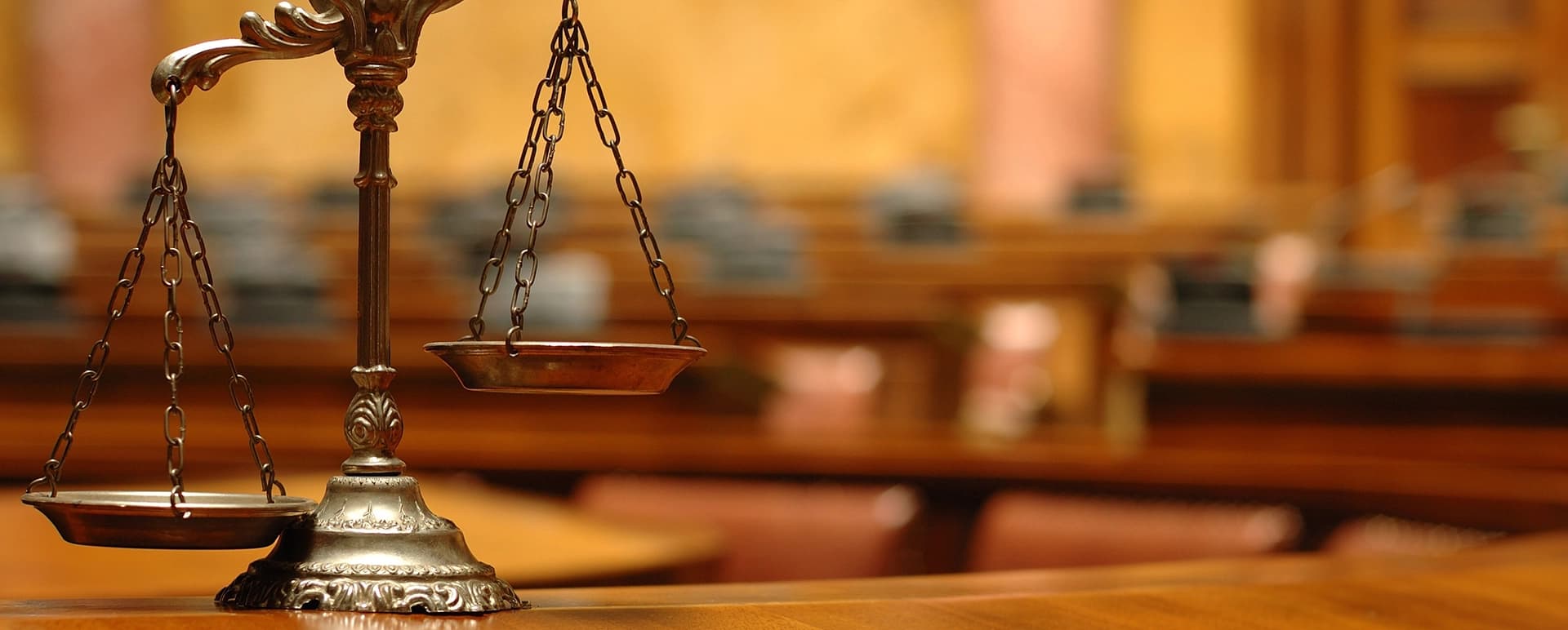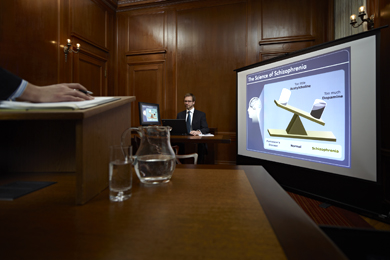Trial Presentation Professional Support for Legal Teams and Court Cases
Trial Presentation Professional Support for Legal Teams and Court Cases
Blog Article
Astound the Court: Important Elements of a Powerful Trial Discussion
Essential aspects such as understanding the audience, crafting an engaging narrative, and understanding verbal and non-verbal communication are crucial elements of an efficient presentation. As these factors intertwine, they form a natural approach that not only informs yet likewise involves jurors on several levels.

Recognizing Your Audience
Recognizing your audience is a crucial facet of reliable trial discussion. A successful discussion depends upon the ability to understand the demographics, values, and tendencies of jurors. This understanding educates just how debates are mounted, proof is offered, and sob stories are crafted, guaranteeing that the message reverberates with the jurors on an individual degree.
Study shows that jurors come from diverse backgrounds and may have differing levels of comprehending pertaining to lawful process (trial presentation). Thus, it is important to stay clear of lawful lingo that can alienate or confuse them. Instead, employing clear, relatable language promotes interaction and understanding. Furthermore, recognizing the jurors' potential biases and life experiences allows the trial presenter to anticipate objections and address issues proactively.
Efficient trial discussion likewise includes observing jurors' responses throughout the process. Engaging with jurors as people rather than a collective device is vital in cultivating a strong connection in the court room.

Crafting a Compelling Story
Crafting a compelling story is necessary in directing jurors via the intricacies of a case. A well-structured narrative not just streamlines intricate lawful ideas but additionally involves jurors on an emotional degree, making the info more relatable and memorable.
This message must reverberate with the jurors' worths and experiences, promoting a link that transcends simple realities. This chronological method can aid jurors follow the development of occasions, emphasizing cause and result.
Incorporating human aspects-- such as personal stories or anecdotes-- can better improve the story's influence. These aspects evoke empathy, permitting jurors to visualize the effects of the case on the real worlds. Furthermore, using a consistent style throughout the discussion reinforces the main disagreement, making it less complicated for jurors to preserve crucial points.
Eventually, a compelling narrative changes a test discussion from a plain recitation of facts into a convincing story that astounds the jury, motivating them to ponder with both factor and emotion.
Using Aesthetic Help
Incorporating visual help into a trial discussion can dramatically improve jurors' understanding and retention of details. Visual materials such as graphes, representations, photos, and videos can change complicated legal principles and proof into conveniently absorbable formats. By involving several senses, these aids permit jurors to picture the case's key components, making it less complicated for them to comply with along and understand intricate information.
Additionally, well-designed aesthetic help can emphasize crucial points and emphasize relationships in between different pieces of proof. Timelines can successfully illustrate the series of occasions, while annotated pictures can make clear particular details appropriate to the case. This not just aids more tips here in understanding yet likewise enhances the story provided by the lawyer.
Excessively intricate or cluttered visuals may bewilder jurors and detract from the message. Inevitably, reliable visual interaction can be a powerful device in convincing jurors and helping them get to educated conclusions.
Grasping Verbal Interaction
Effective spoken interaction is important in a test presentation, as it offers as the main methods whereby attorneys convey their disagreements and get in touch with jurors. Mastering this skill includes clearness, persuasion, and involvement. Attorneys need to verbalize their points clearly and concisely, avoiding lawful lingo that might puzzle jurors. Simplicity in language promotes understanding and assists jurors understand complicated problems presented during the test.
Moreover, tone and pacing dramatically effect exactly how messages are obtained. A positive tone communicates authority, while suitable pacing enables jurors to take in info without feeling overwhelmed. Lawyers should additionally vary their singing inflections to highlight bottom lines and keep jurors' passion throughout the discussion.
In addition, try this site the company of spoken disagreements is necessary. Structuring the narrative logically and coherently helps jurors adhere to the attorney's logic, making it easier for them to retain crucial information. Using influential strategies, such as narration, can likewise enhance the psychological vibration of the debates provided, thereby producing a much more profound link with jurors.
Ultimately, mastering spoken communication not just enhances an attorney's instance but additionally promotes trust fund and connection with the jury, significantly boosting the possibilities of a positive verdict.

Involving With Body Language
Nonverbal communication plays a vital duty in trial discussions, typically conveying messages that words alone can not reveal. Body language, incorporating motions, position, faces, and eye call, considerably affects exactly how jurors regard the reputation and sincerity of the speaker. A positive position, with shoulders back and an open position, can instill depend on, while closed-off body movement might suggest defensiveness or unpredictability.

Faces ought to mirror the emotions connected with the case, enhancing the narrative being offered. For instance, a genuine expression during a touching moment can generate compassion and strengthen the sob story. Inevitably, grasping body movement is essential for efficient test discussions, as it enhances verbal interaction and establishes an engaging presence that reverberates with the court.
Final Thought
Finally, mesmerizing the court necessitates a critical technique that includes understanding the audience, crafting a compelling narrative, using aesthetic aids, understanding spoken communication, and engaging via body language. Each aspect plays a critical function in developing a powerful test discussion that resonates with jurors on both emotional and intellectual levels (trial presentation). By incorporating these components effectively, attorneys can substantially enhance their capability to encourage and influence court decision-making
Report this page